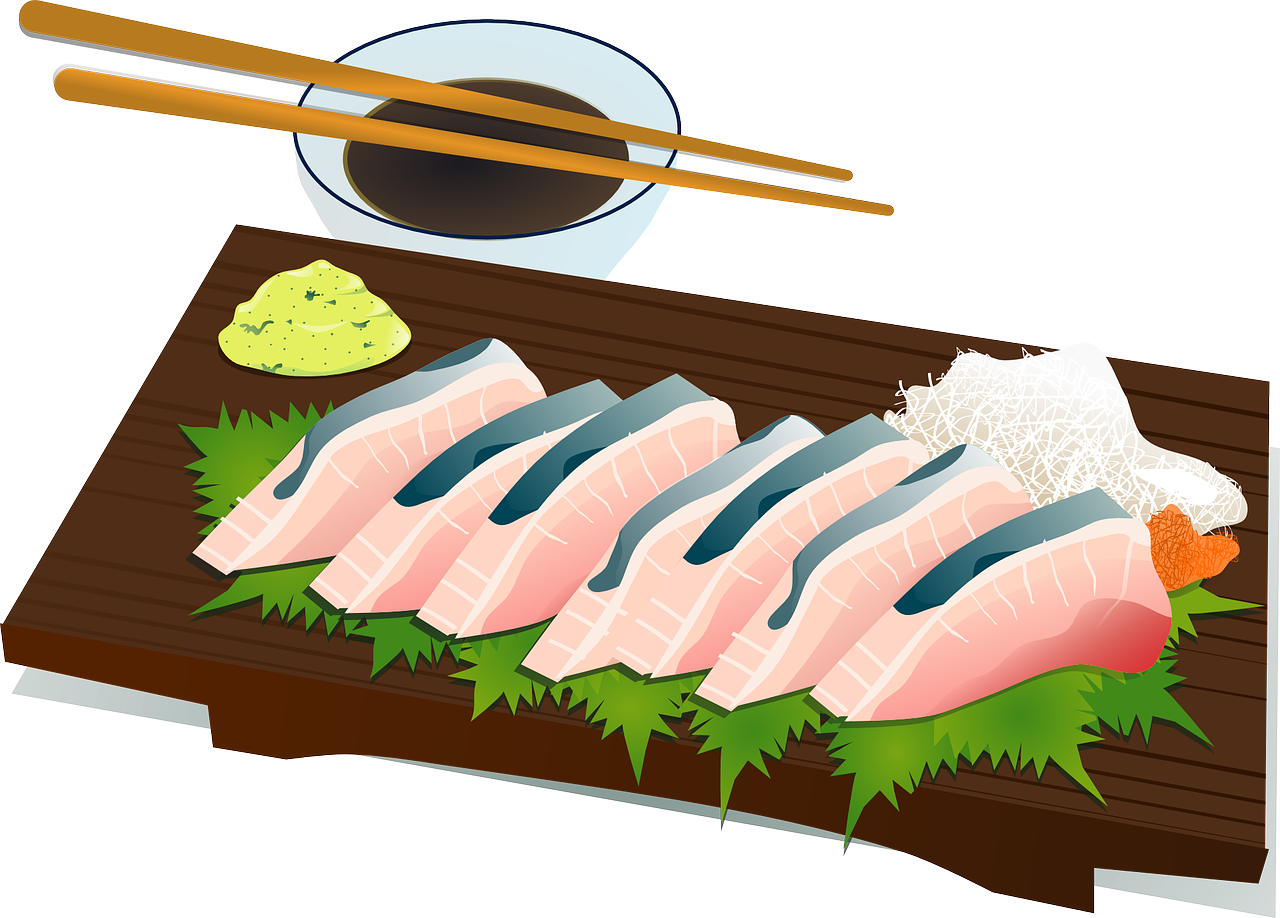Introduction to Hoe: Raw Fish Dishes
Written by Cho Namhee

It can be easily understood that ingredients are healthier in their original, raw state, containing various, unaltered nutrients. This may sound like a convincing explanation of Korea’s love of hoe, or raw fish, but there are simply far too many stories floating around to derive its origin with accuracy. Raw beef is also called hoe, however, this month’s issue will focus on raw fish since the upcoming season is undisputedly regarded as taboo for eating it.
Along the streets of an area called 먹자골목, or the “eatery alleys,” it is not too difficult to encounter different kinds of fish and other sea creatures swimming languidly in tanks out on the sidewalk, though they aren’t as spacious as aquariums. Despite the fact that there are fish markets near every port, there is no need to put much effort into finding fresh seafood anymore, since nowadays there are restaurants specializing in hoe in every neighborhood.
There are no significant signs of the people of the Koryo Dynasty eating raw fish because of Buddhism, the dominant religion of the period. Buddhist practitioners aspire for an ideal world and vegetarianism is the ideal diet. Since the Joseon Dynasty, however, when the teachings of Confucianism were introduced and as per the Analects of Confucius referring to hoe “to be thinly sliced,” the animosity towards raw fish slowly diminished among the people. Ever since then, there have been records of raw fish being served to the king and anecdotes of the love for certain raw fish, which proves that the raw fish culture settled into Korea a long time ago.
Getting down to the more practical facts of hoe, hoe can first be differentiated into two colors, white and red. Snappers, flatfish, and rockfish are the representative white-flesh fish, and tuna and salmon are representative of the latter. Tuna and salmon are relatively well known as sashimi in Japanese, and tuna or salmon specialty restaurants can easily be found around town. Of the white-flesh fish, snappers are said to be the chewiest in texture, and flatfish is so soft that it practically melts in your mouth. Rockfish is somewhat in-between the two. Depending on whether they are caught wild or farmed, the texture and taste will differ, and perhaps your bill, too.
When the taste of hoe is mastered, the sauce should not matter, however, the sauce matters to those who are new to the unexpected taste. Ssam or lettuce for wrapping is a typical way of eating hoe, but having the fish alone is undoubtedly better in discovering its true taste. Red chili-pepper paste with vinegar is the most basic sauce to start, and soybean paste or soy sauce with wasabi for the advanced.
When choosing the right seafood restaurant for hoe, look for what side dishes they serve. Ranging from seafood such as sea squirt, sea cucumber, and oysters to salads, fries, and soups, it all comes as a single table when you order any kind of hoe by weight. The better the side dishes, the better the hoe!
The Author
Cho Namhee is a coordinator at Gwangju International Center. He also currently studies communication at Chonnam National University.







